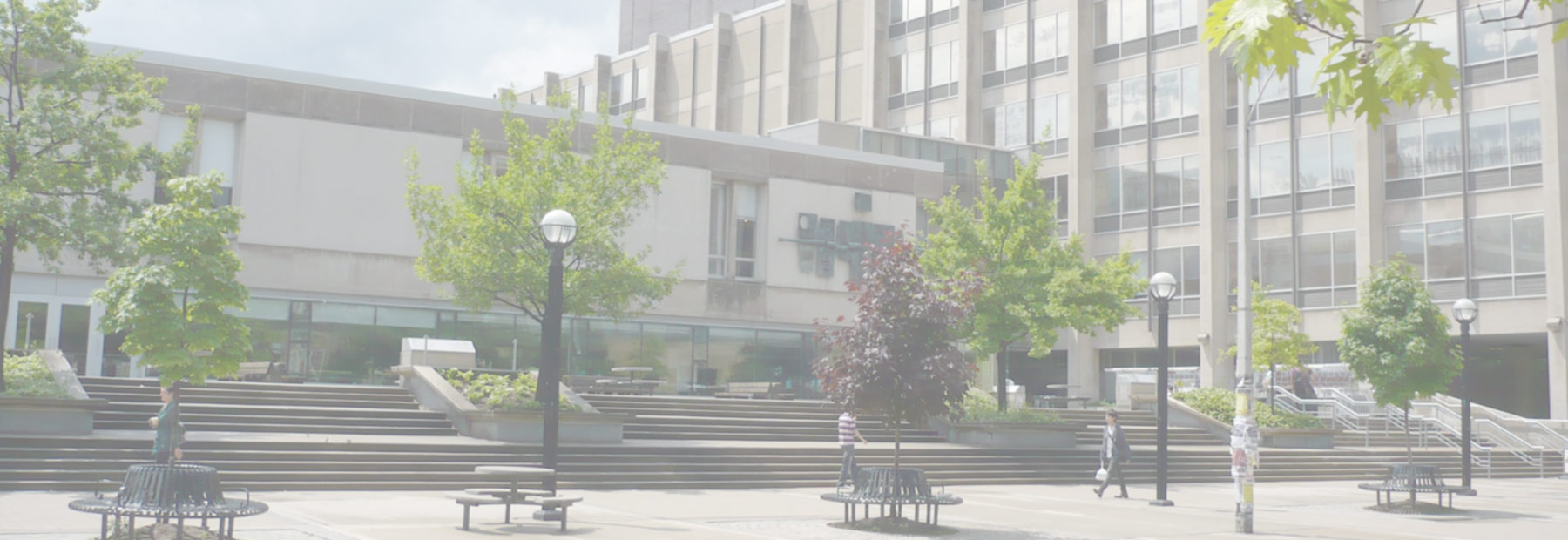Amalya Feldman
Amalya Feldman is a PhD Candidate in the Department of Art History and the Centre for Jewish Studies at the University of Toronto. Her research is focused on Jewish architecture, urban thresholds, and cultural networks in late medieval and early modern Spain. Her dissertation research has been supported by the Social Sciences and Humanities Research Council of Canada, the Ontario Graduate Scholarship, and various granting agencies for Jewish Studies. Amalya is also the Editorial Assistant at The Art Bulletin.
Honours, Awards and Grants
- 2024–25 Granovsky-Gluskin Graduate Scholarship in Jewish Studies
- 2022–24 Social Sciences and Humanities Research Council of Canada (SSHRC) Doctoral Fellowship
- 2022–23 Professor Carol Zemel Award in Jewish Studies
- 2021–22 Ontario Graduate Scholarship (OGS)
- 2020–21 Peter H. Breiger Fellowship
Professional Affiliations
- Society of Architectural Historians
- Renaissance Society of America
- European Architectural History Network
- Memory Studies Association
- Association for Jewish Studies
People Type:
Research Area:
- Early Modern Architecture and Urbanism
- Spanish Architecture and Urbanism
- Jewish Architecture
- Spanish Jewish History
- Mediterranean History
- Atlantic History
Program:
Cohort:
This dissertation examines the use of small, interconnected urban spaces by Jewish and converso communities in late medieval and early modern Mallorca to navigate their identities under shifting political, social, and religious pressures. Focusing on everyday spaces–homes, marketplaces, ports–this study reveals how these marginalized groups adapted and preserved cultural identity through spatial networks that fostered resilience and facilitated communal practices. By analyzing architectural records and archival sources through the lenses of urban porosity and liminality, this research traces the role of urban spaces in shaping social memory and cultural identity. Each chapter focuses on a critical historical juncture to demonstrate how physical spaces served as sites of adaptation, memory, control, and subversion. This interdisciplinary approach offers an alternative to the monolithic views of urban coexistence dominating studies of Iberian Jewish architecture and history, as well as a new model for understanding marginalized groups’ spatial practices and social legacies.



